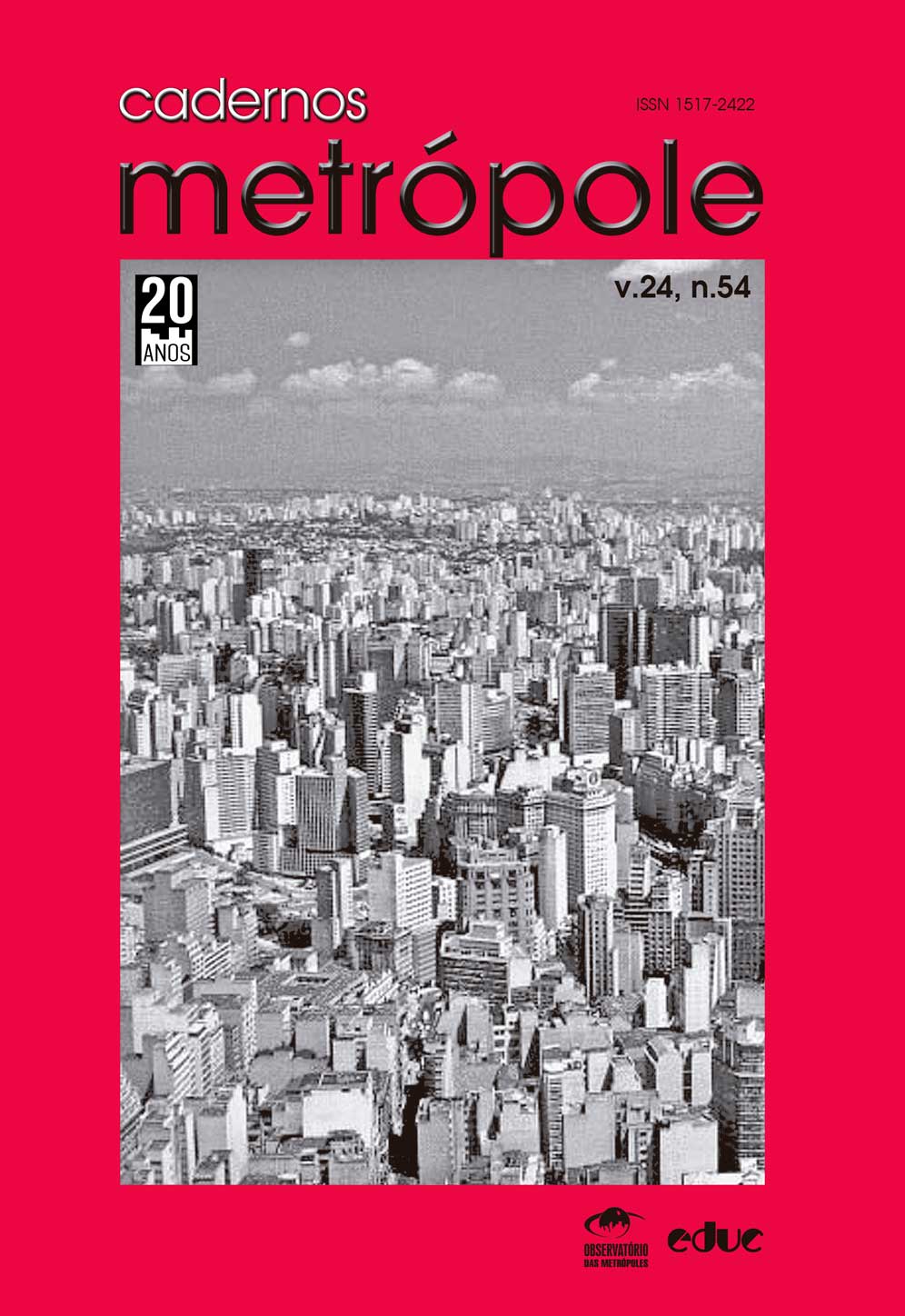Passarelas urbanas projetadas por João Batista Vilanova Artigas
DOI:
https://doi.org/10.1590/2236-9996.2022-5407Palavras-chave:
passarelas urbanas, Vilanova Artigas, circulação, percursoResumo
Os arquitetos modernos operam com pelo menos três noções fundamentais: espaço, tempo e movimento. No caso das passarelas, o desafio é resolver também os problemas de caminhabilidade em condicionantes topográficos específicos da cidade. Com base em documentos disponíveis no acervo da Biblioteca da FAUUSP, este estudo analisou as passarelas urbanas projetadas por Vilanova Artigas na década de 1970 para a cidade de São Paulo e ABC. O valor dessas passarelas na obra de Artigas reside não apenas no objeto projetado e construído, mas também em seu pensamento teórico sobre a circulação, a conexão, a cidade, as pessoas e a arquitetura. Foi criada uma tabela com os desenhos das passarelas e seus principais elementos de circulação. Este estudo contribui para a valorização do nosso patrimônio arquitetônico e urbano moderno.
Downloads
Publicado
Como Citar
Edição
Seção
Licença
Copyright (c) 2022 Ana Tagliari, Wilson Florio

Este trabalho está licenciado sob uma licença Creative Commons Attribution-NonCommercial-NoDerivatives 4.0 International License.
A revista não tem condições de pagar direitos autorais nem de distribuir separatas.
O Instrumento Particular de Autorização e Cessão de Direitos Autorais, datado e assinado pelo(s) autor(es), deve ser transferido no passo 4 da submissão (Transferência de Documentos Suplementares). Em caso de dúvida consulte o Manual de Submissão pelo Autor.
O conteúdo do texto é de responsabilidade do(s) autor(es).


